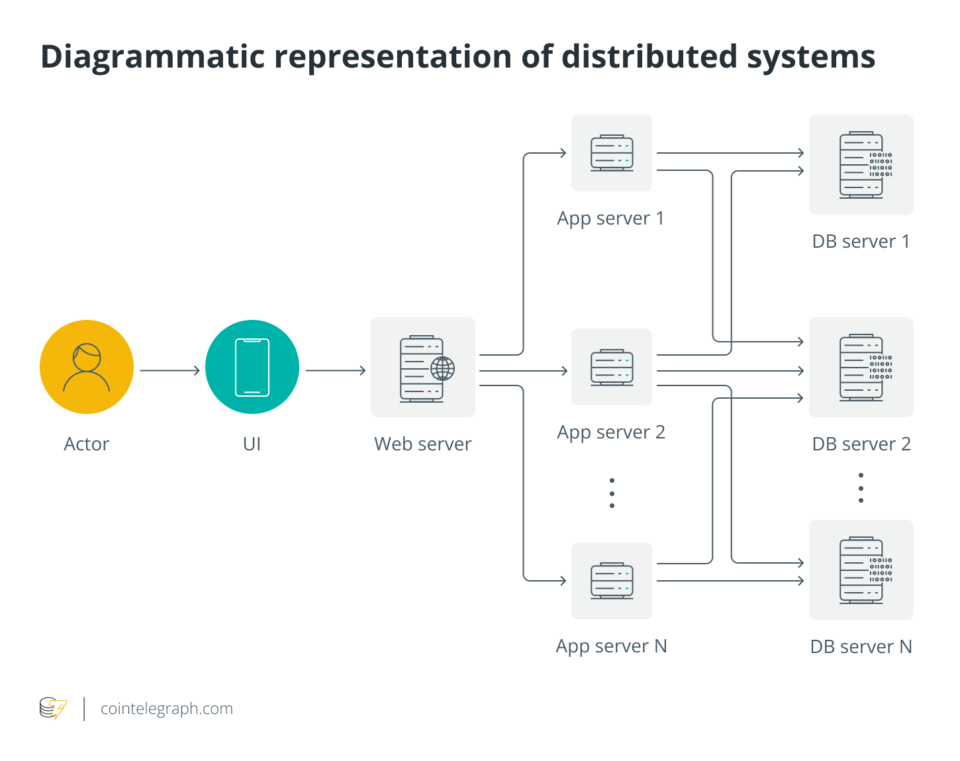For distributed systems to function, a task must be divided into smaller subtasks and spread over several nodes or computers in a network. These nodes or computers then communicate and cooperate to finish the task.
The following four steps provide a brief overview of how distributed systems operate:
Decentralized components
A distributed system comprises numerous parts or nodes spread over various real or virtual places. These parts can communicate with one another across a network to accomplish a single objective.
communications
A distributed system’s components can communicate with one another using a variety of protocols and tools, including TCP/IP, HTTP or message queues. These protocols allow the nodes to communicate by sending and receiving messages or data.
coordination
For the parts of a distributed system to function well together, they must coordinate their actions. Several mechanisms, such as distributed algorithms, consensus protocols, or distributed transactions, can be used to achieve this coordination.
Faulttolerance
A distributed system should be created with fault tolerance in mind. This implies that it should be able to handle failures of specific parts or nodes without impairing the performance or availability of the entire system. Distributed systems employ redundancy, replication or partitioning strategies to achieve fault tolerance.
An online search engine is an example of a distributed system since it comprises numerous nodes that carry out various functions, including crawling websites, indexing content and handling user requests. These nodes cooperate to give users quick and effective search results.
the blockchain a decentralized ledger that records transactions securely and transparently — is also an example of a distributed system. It is distributed because the ledger is stored on multiple nodes in the network, with each node holding a copy of the entire ledger, allowing for greater transparency, security and resilience to failures or attacks.
